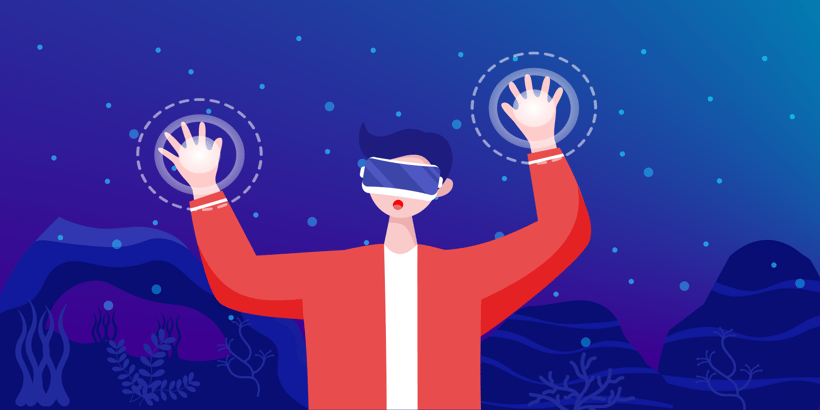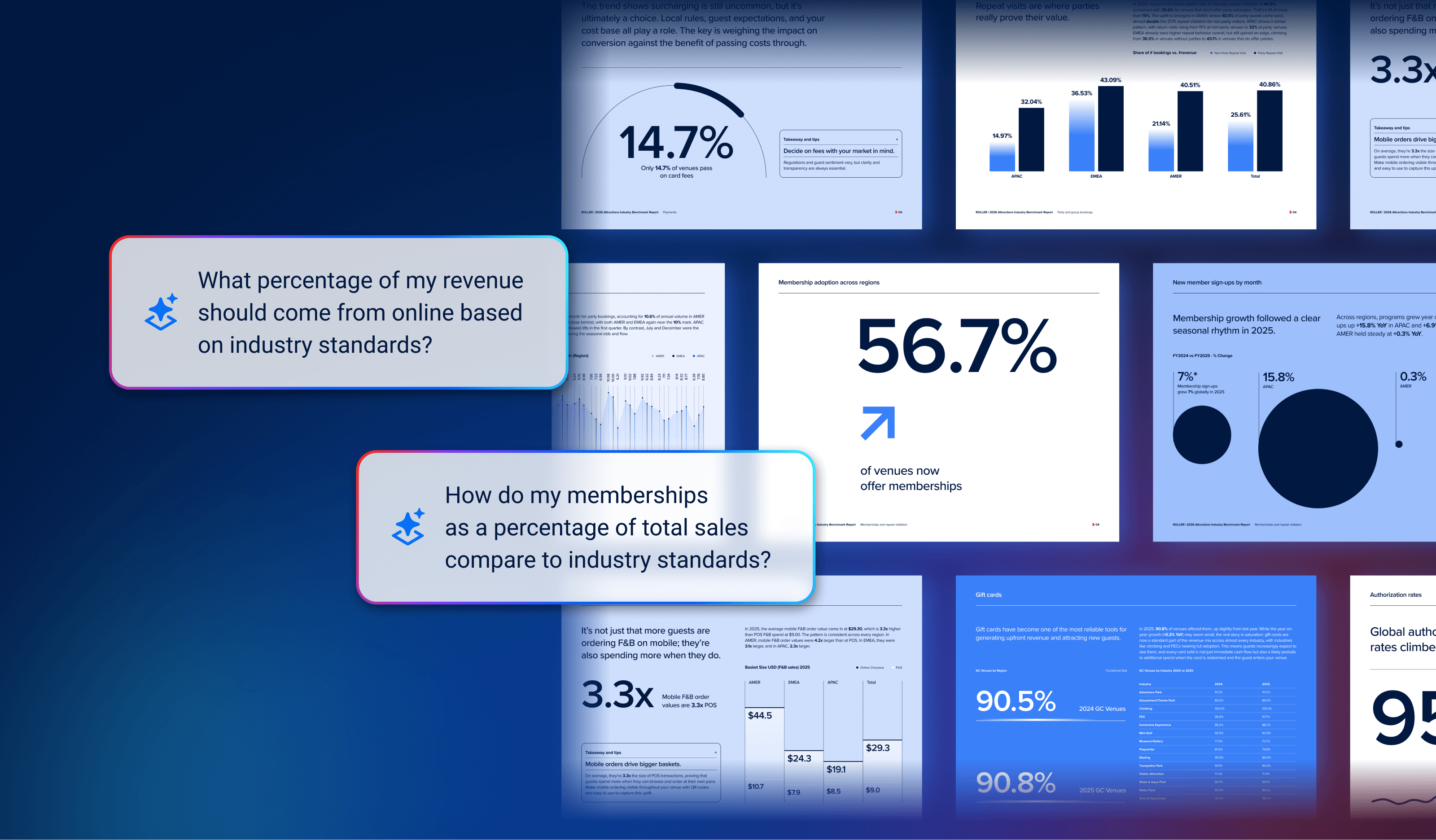How VR Can Benefit Water-Based Attractions

For water-based attraction venues, there are many factors operators commonly stress about — from capacity limits to safety regulations and more. Recently, Clay Talley, Vice President of Customer Experience & Marketing at Ballast Technologies, joined us on episode 104 of the Guest Experience Show. He discussed the latest virtual reality (VR) and immersive experiences trends and how water-based attractions can incorporate VR to help elevate some of the pressure around the aforementioned operator worries.
Check out the episode, and read on to hear Clay’s insights on how virtual reality effortlessly integrates with water-based attractions to deliver a seamless and immersive experience that guests love.
Increase profitability of under-utilized areas
When Clay started working with The VOID, an immersive VR experience, it was unimaginable then that VR could be applied to aquatic environments.
But now, you can provide guests with a snorkel and VR headset, and then for several minutes, they can explore the lost city of Atlantis, explore the clouds, or visit outer space. The advance in technology is incredible!
Additionally, by applying VR to water parks, water park operators can monetize areas that wouldn’t otherwise be monetized, such as sections of a pool connected to a waterslide. That space, though relatively small, can be turned into revenue-generating real estate by offering an upcharge VR experience.
Avoid VR for the sake of VR
“They’re using the technology as a crutch rather than immersing someone into an experience.” — Clay Talley.
In the episode, Clay also talks about the disconnect that “mall VR” provides by offering standalone virtual reality experiences without much structure or immersion around them. Meaning that VR is delivered purely for the sake of VR rather than the story or experience it can provide.
By prioritizing the story first, VR becomes the tool for delivering the story rather than being used as a crutch, where the experience can be disconnected. In essence, VR is the vehicle that provides the experience rather than the experience itself.
Additionally, it’s essential to consider the physical environment that the guest goes through when “crossing the threshold” from reality to virtual reality. You can offer a detailed VR experience that transports the guest to another place in time, but if the guest walks into a warehouse or administrative space to put on their headset, the transition is a bit jarring. By matching the physical space to the virtual space, the level of immersion further blurs the lines between fantasy and reality.
The team member can make or break the guest experience
Clay says, "Often, the employee will make or break the experience.” When describing Jump, an immersive VR experience that simulates base jumping, he notes that guests are greeted by an enthusiastic team member that helps immerse the guest into the story that they are taking their first base jump. The team member's attitude is critical to helping the guest cross the threshold into an immersive reality.
As such, organizations must invest time and effort into getting everybody on board and singing the same tune — from frontline team members to directors. Their interactions with the staff enhance the value perception of what guests pay for. So if a team member is burned out or doesn’t want to be there, it can harm the guest experience.
The guest experience is at the heart of everything
When asked for his guest experience philosophy; Clay says that guest experience bridges the gap between all of the silos and creates the cohesiveness that gives everyone a greater sense of purpose.
So, operators should consider how VR can help them better operate their venues now and into the future and provide the kind of guest experiences guests are looking for in an increasingly tech-dominant world.
For more content on virtual experiences similar to what Clay has shared, check out the Technology section of our blog.
Related articles

.png)
Payment Trends That Will Shape 2026: Insights from the Attractions Industry Benchmark Report

How to Optimize Your Online Checkout: 5 Key Insights from the 2026 Benchmark Report
Enhance your guest experience
Get free education, tips and inspiration to help you run a successful venue.
